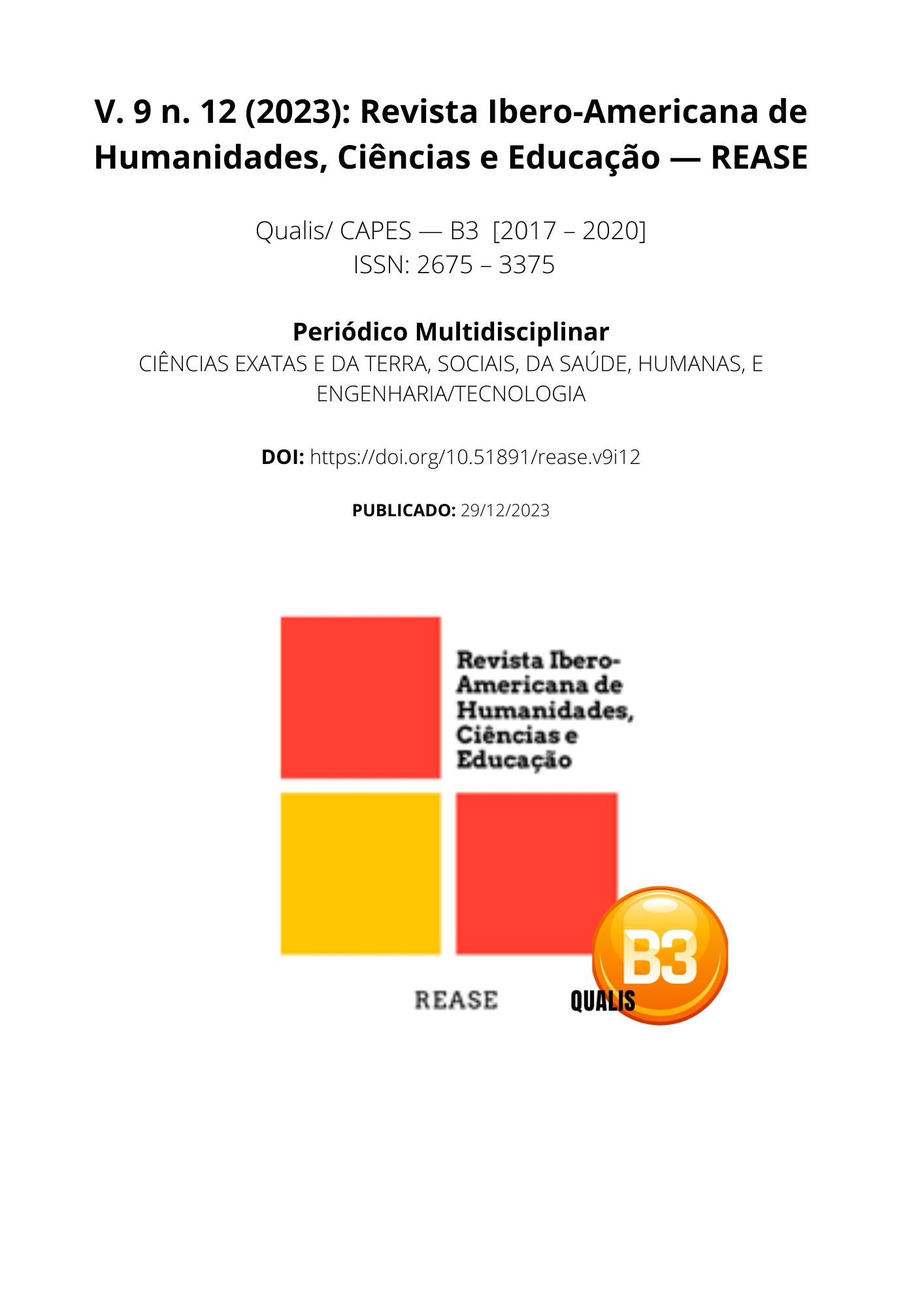SOCIAL ASSISTANCE POLICY AND THE MALE SINGLE-PARENTAL FAMILY: BETWEEN THE LIMITS AND POSSIBILITIES OF THE SOCIAL WORKER’S PROFESSIONAL INTERVENTION
DOI:
https://doi.org/10.51891/rease.v9i12.12740Keywords:
Family. Social Worker. Policy.Abstract
The objective of this work is to understand how the social worker's professional performance develops with families that are configured as single-parent male families in the face of policies aimed at families. Using the bibliographical study as a research method where authors corroborate this objective, it is possible to understand from this study the importance of the social worker who brings with him the technical-operative, ethical-political and theoretical-methodological, investigative skills and more a set of instruments that help the professional to serve each individual sensitively to their needs and particularities. Noting that a reformulation of the current social policy is necessary, so that all family groups can be served fairly.
Downloads
Downloads
Published
How to Cite
Issue
Section
Categories
License
Atribuição CC BY

